Advertisement
What Is Cell Theory?
Advertisement
Cell theory is one of the main ideas in biology. German scientists Matthias Schleiden, Theodor Schwann, and later Rudolph Virchow, were the key figures in developing this theory. Cell theory says that all living things are made up of cells, which are the basic units of life. It also states that new cells come from existing cells. In 1839, Schleiden and Schwann formally shared these ideas, and it became the foundation for modern biology.
How Cell Theory Was Created
In 1838, while talking about their research, Matthias Schleiden and Theodor Schwann found that the plant cells Schleiden studied and the animal cells Schwann observed had a lot in common. This led them to study samples together in Schwann’s lab. By 1839, Schwann wrote a book explaining what they learned. He outlined three main points: first, that cells are the basic units of structure and function in living things; second, that cells exist as individual units and as parts of larger organisms; and third, that cells form naturally like crystals. Later, Rudolph Virchow corrected the third point, saying, “All cells come from pre-existing cells.”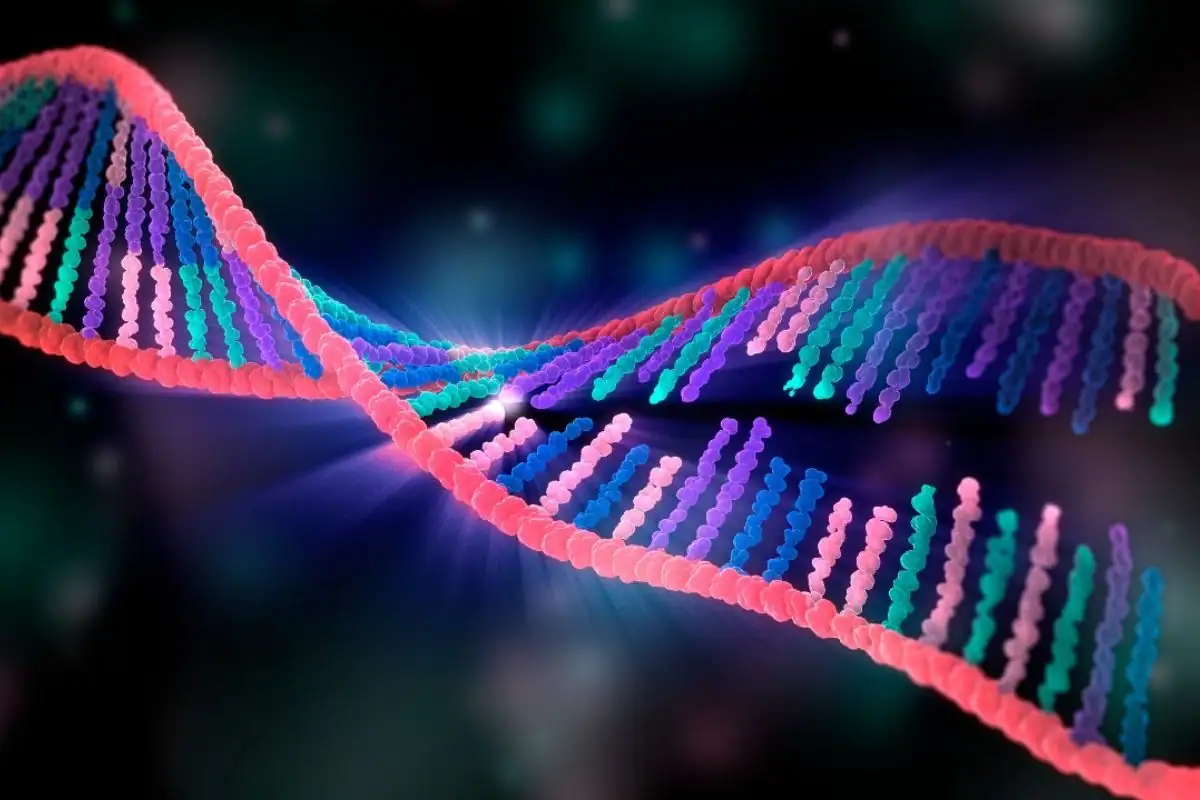
Advertisement
Modern Understanding of Cell Theory
Over time, more studies have improved cell theory. Today, scientists agree that all living things are made of cells and that the cell is the basic unit of life. It is also known that cells come from the division of existing cells, and during this process, they pass on DNA, which holds genetic information. These updates build on the original work of Schleiden, Schwann, and Virchow, keeping cell theory relevant and evolving.

Advertisement
Exceptions to Cell Theory
While cell theory is an essential part of biology, there are a few exceptions. For example, viruses are sometimes considered living things, but they aren’t made of cells. Although they have some characteristics of life, they don’t meet the requirements of cell theory, so they are not considered truly alive. Another exception is the first cell's origin—it’s not clear where the very first cell came from since there were no pre-existing cells before it. Additionally, structures like chloroplasts and mitochondria have their own DNA and can reproduce independently within cells, which makes them unique.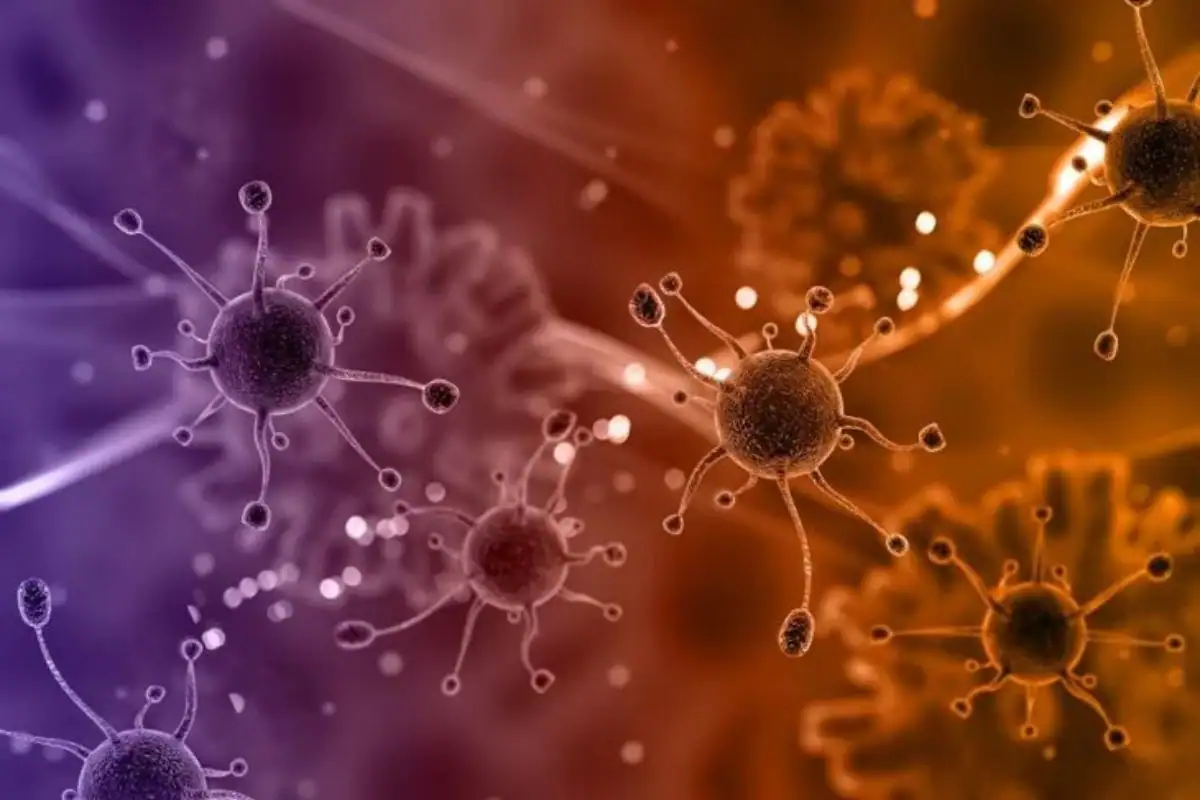
Advertisement
Key Moments in Cell Biology
- 1595: The first compound microscope was created by Jansen.
- 1626: Redi suggested that living things don’t come from spontaneous generation.
- 1838: Schleiden and Schwann proposed the cell theory.
- 1858: Virchow stated that cells come only from existing cells.
- 1869: DNA was isolated by Miescher.
- 1883: The chromosome theory of heredity was introduced.
- 1939: The first commercial transmission electron microscope was made by Siemens.
- 1952: A continuous human cell line was described by Gey and colleagues.
- 1953: The structure of the DNA double helix was proposed by Watson, Crick, and Wilkins.
- 1965: The first commercial scanning electron microscope was developed by Cambridge Instruments.
- 1981: Transgenic fruit flies and mice were created, and a mouse embryonic stem cell line was established.
- 2000: The first draft of the human genome sequence was completed.

Advertisement
Basic Information About Cells
Every living thing is made of cells, and these cells are essential for survival. Inside a cell, there are organelles that perform specific tasks needed for the cell to work properly. Cells also contain DNA and RNA, which are important for guiding cell activities. There are two main types of cells: eukaryotic and prokaryotic. Eukaryotic cells have a nucleus and other membrane-bound structures, and they include animal, plant, and fungal cells. Organisms with eukaryotic cells can be single-celled or multi-celled. Prokaryotic cells, like those found in bacteria and archaea, do not have a nucleus or other membrane-bound organelles.
Advertisement
How Cells Reproduce
Cell reproduction is how existing cells make new ones. During this process, a cell makes a copy of its DNA and shares it with the new cell. Eukaryotic cells go through a process called the cell cycle, which includes growth and division. These cells can divide through mitosis (for regular body cells) or meiosis (for sex cells). Prokaryotic cells, like bacteria, reproduce through binary fission, a simple type of asexual reproduction. Some larger organisms also use asexual reproduction. For instance, plants, fungi, and algae produce spores, while some animals reproduce through methods like budding, regeneration, parthenogenesis, or fragmentation.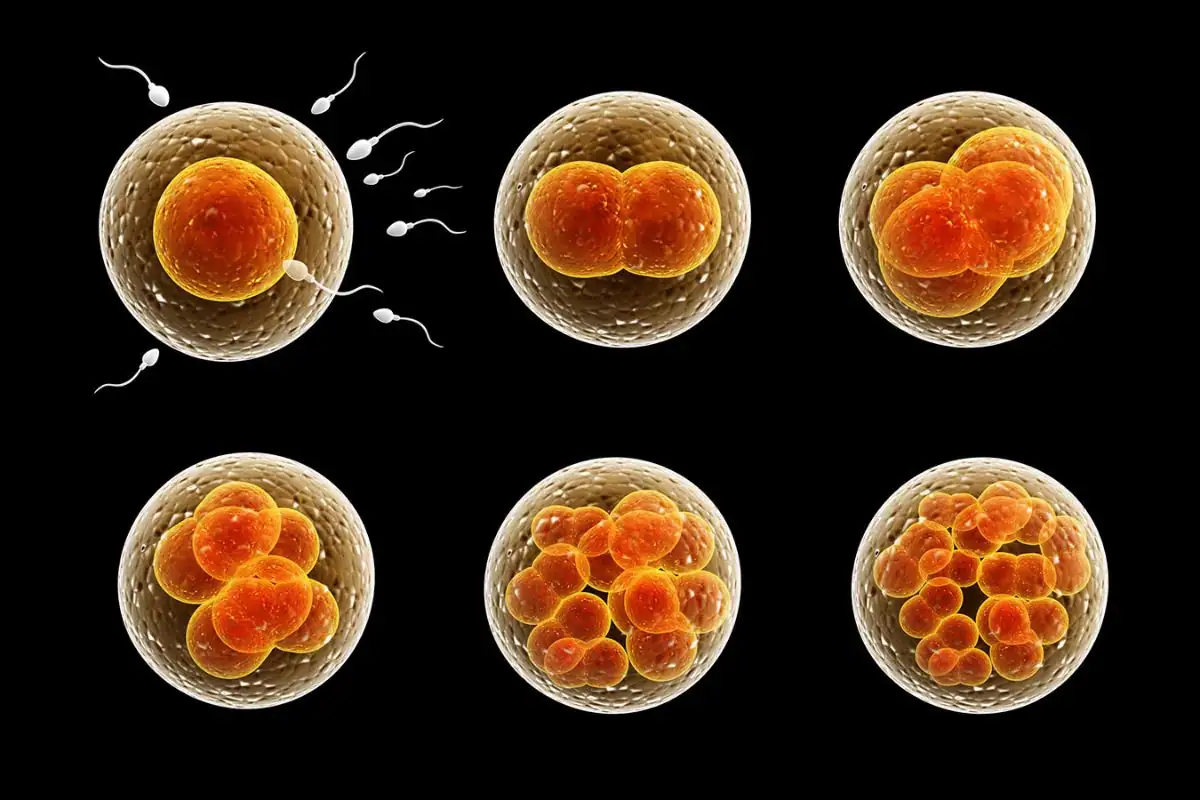
Advertisement
Important Cell Processes: Cellular Respiration and Photosynthesis
Cells carry out vital processes to keep an organism alive. Two of these processes are cellular respiration and photosynthesis, which help organisms get energy. Animals mainly use cellular respiration to convert food into usable energy, while plants, algae, and cyanobacteria perform photosynthesis to create their own food. Photosynthesis allows plants to turn sunlight into chemical energy (glucose), which is later used in cellular respiration to produce ATP, the energy molecule. This energy supports both the organisms that make glucose and those that eat them.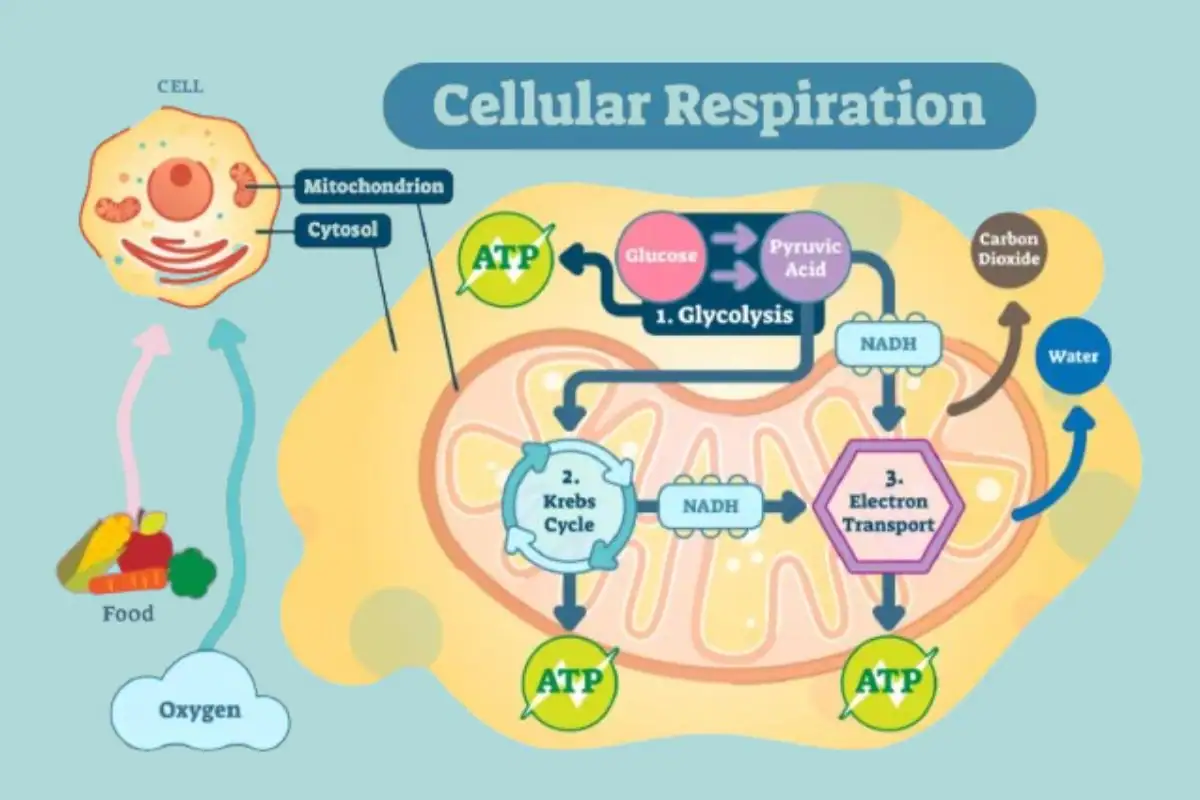
Advertisement
Active Cell Processes: Endocytosis and Exocytosis
Cells also use special methods to transport substances. Endocytosis is when a cell takes in molecules, like proteins, by surrounding them with its membrane. Eukaryotic cells often do this to absorb nutrients. Exocytosis is when a cell releases substances that are too big to pass through the membrane. It pushes them out by fusing the cell membrane with the vesicle membrane. Both processes are essential for moving materials in and out of cells.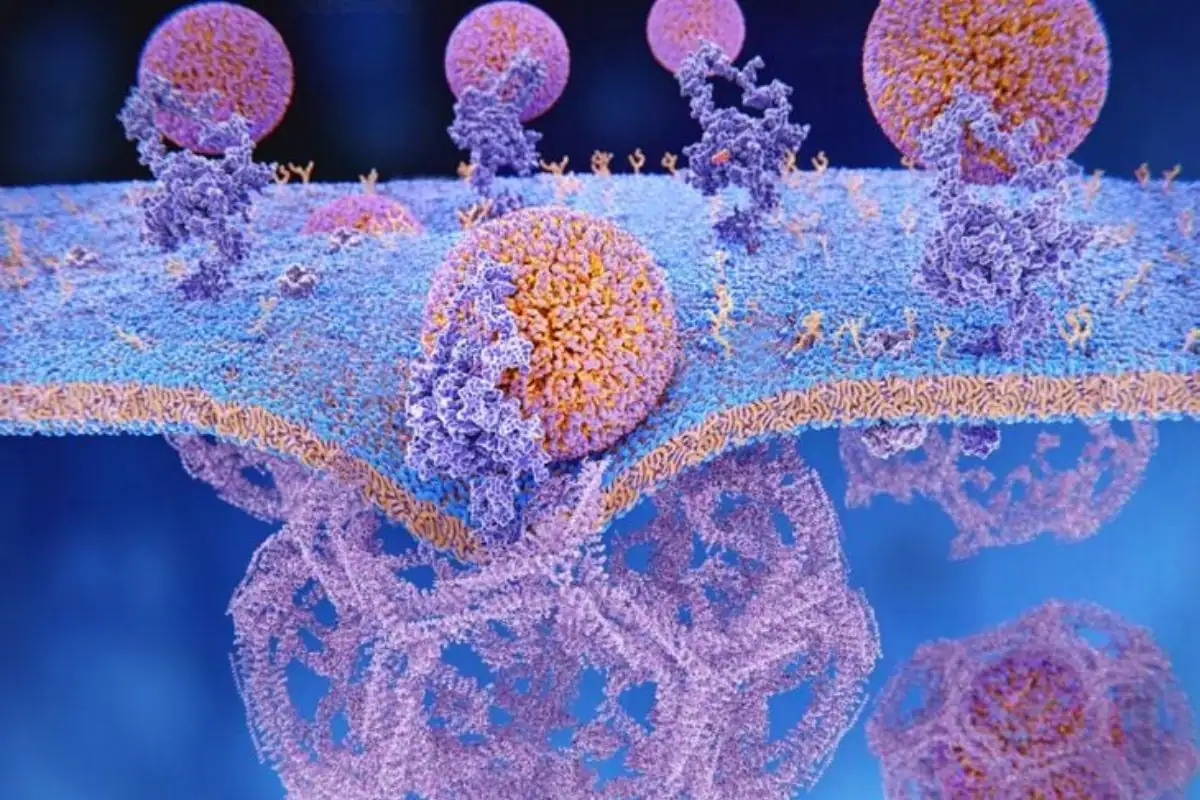
Advertisement
Cell Movement and Migration
Cell migration is critical for the development and upkeep of multicellular organisms. This movement is necessary for processes like tissue formation, wound healing, and immune responses. Chemical or mechanical signals often trigger this movement. Some processes, such as mitosis and cytokinesis, also rely on cell movement to function properly.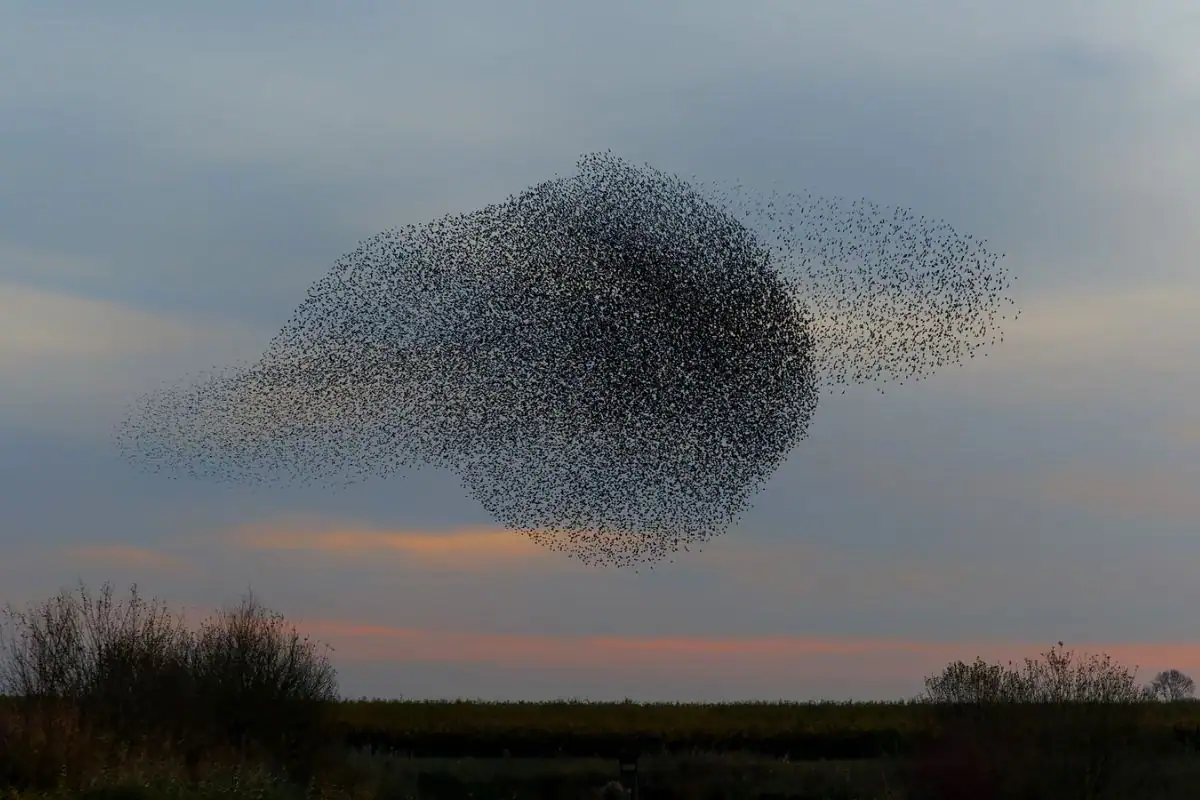
Advertisement
DNA Replication and Protein Synthesis
Before a cell divides, it needs to replicate its DNA so each new cell gets the correct amount of genetic material. DNA replication involves the DNA making an exact copy of itself. This process includes steps called initiation, elongation, and termination, with the help of various enzymes and RNA. DNA replication is essential for cell growth, repair, and ensuring that cells divide properly.
.png)




